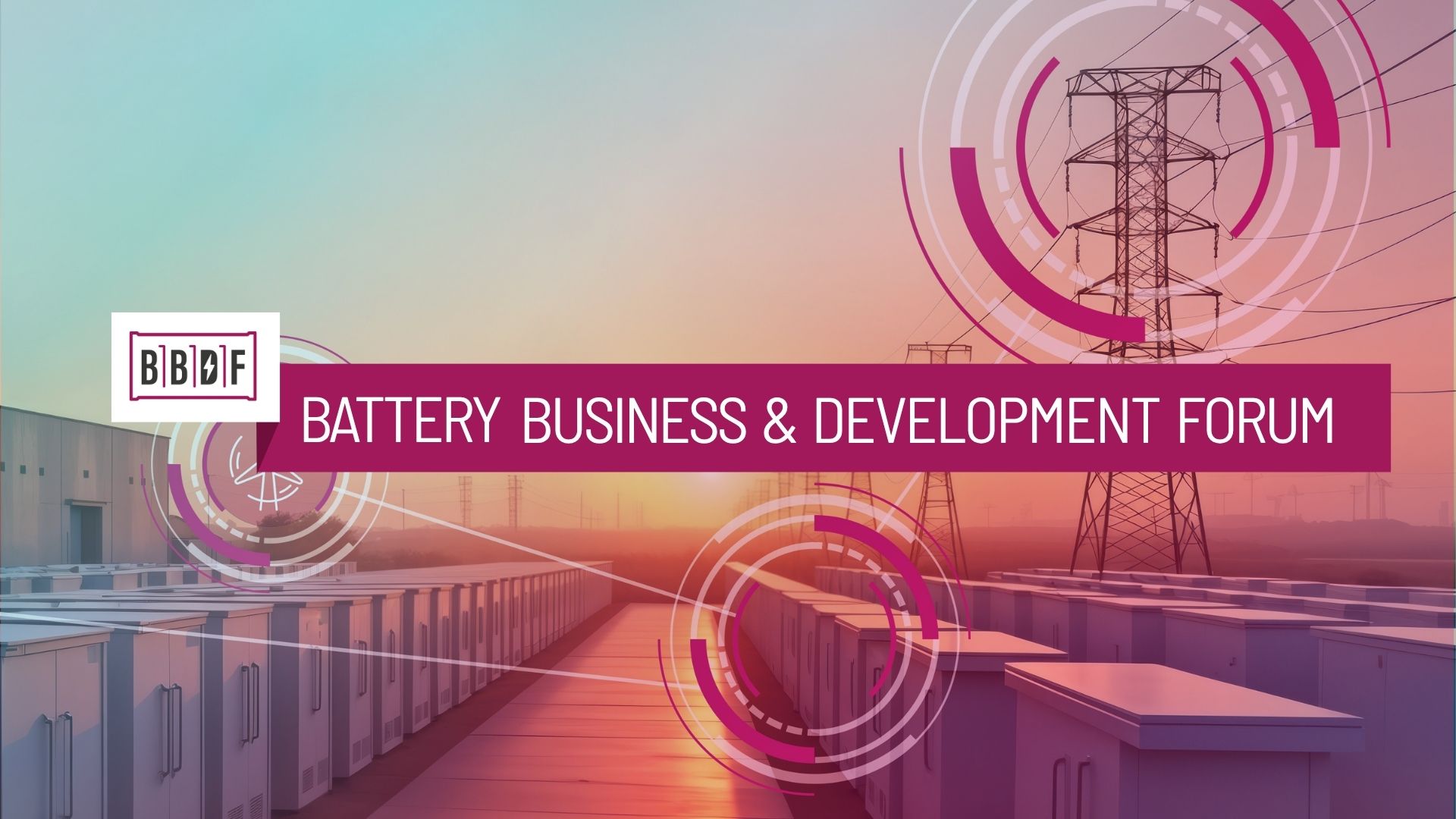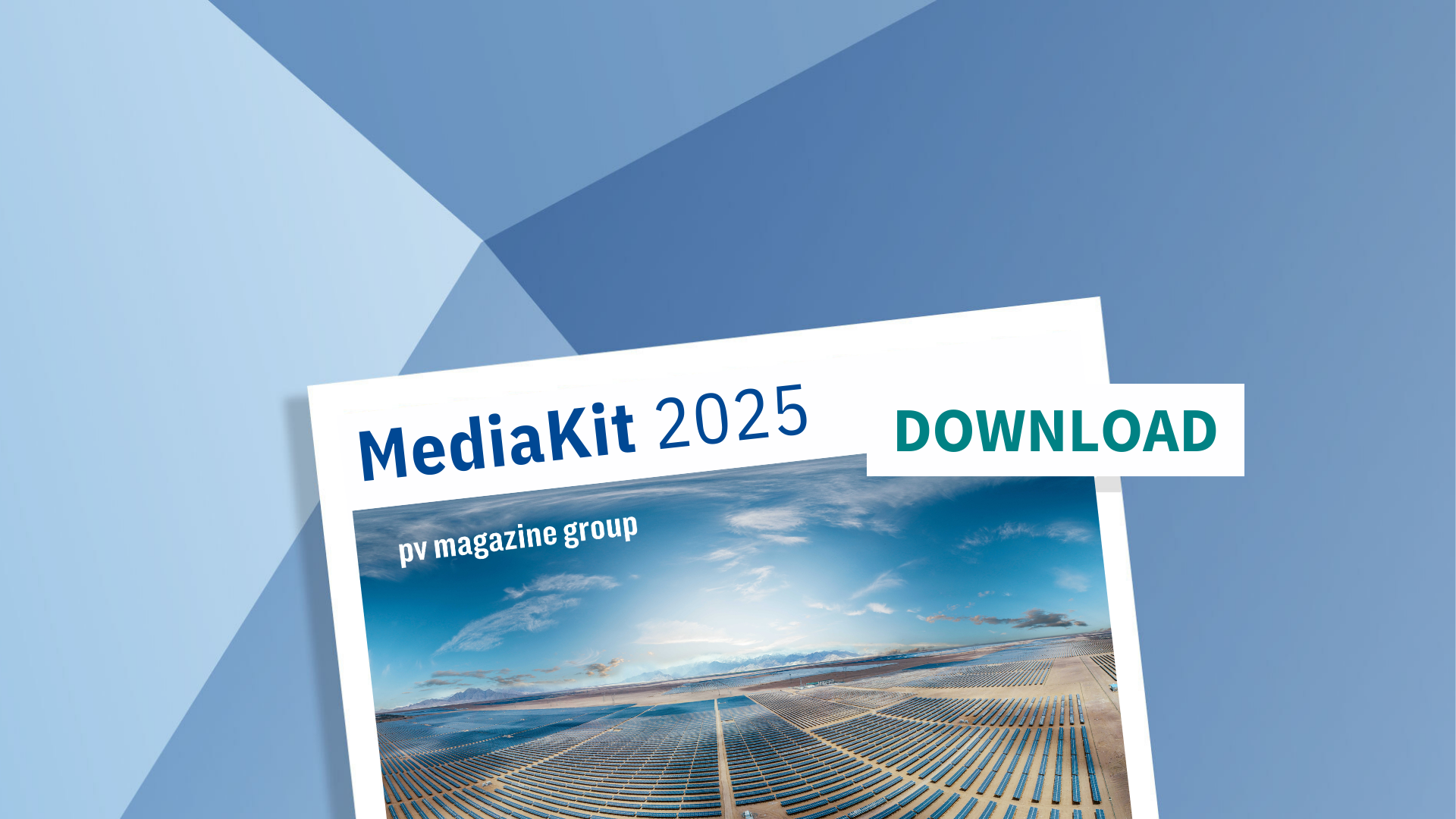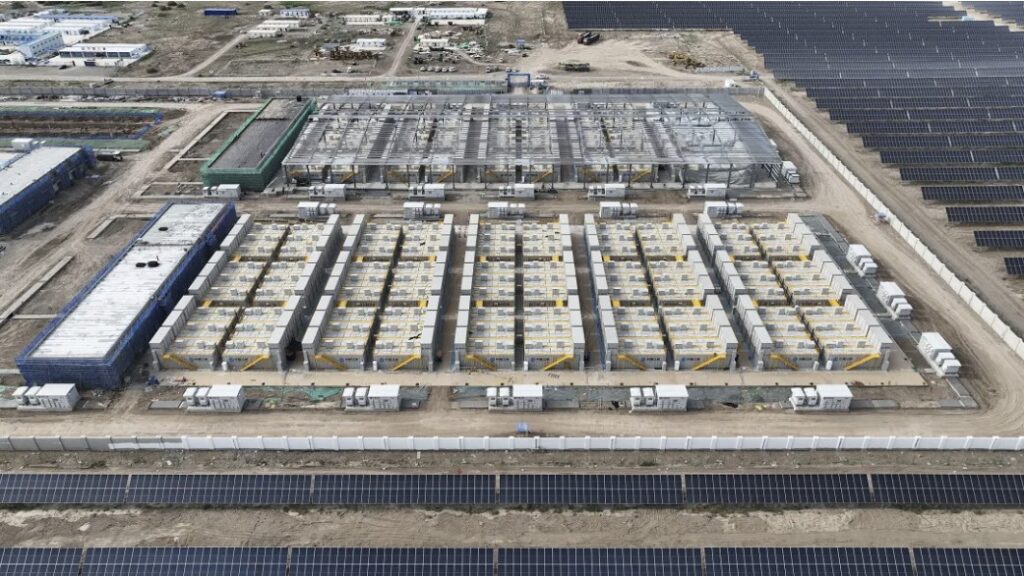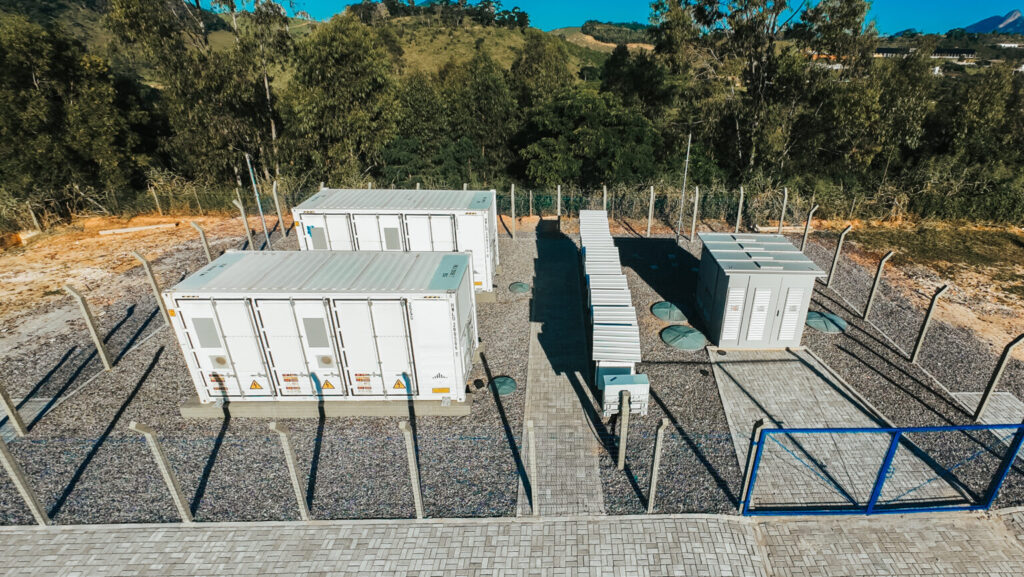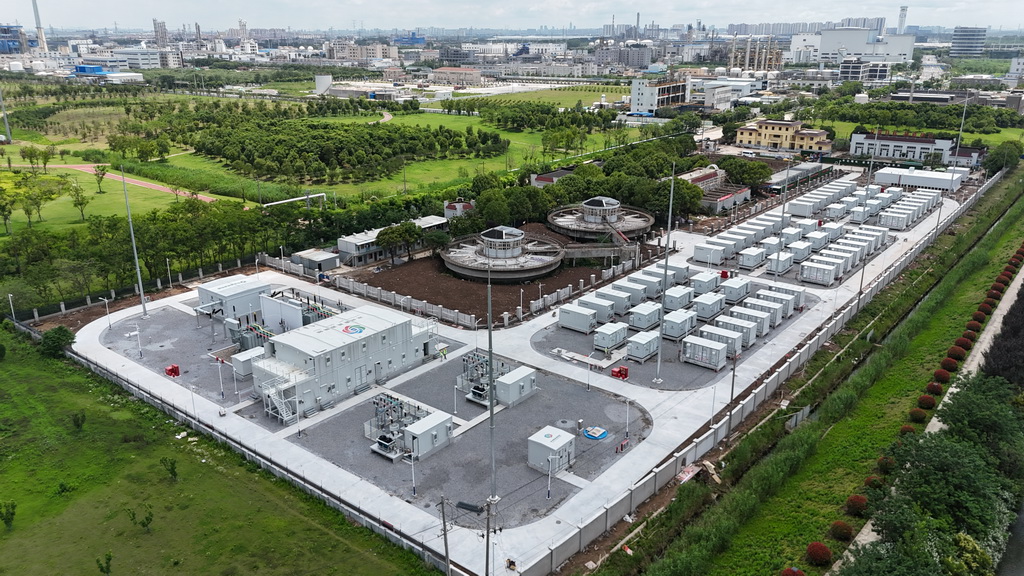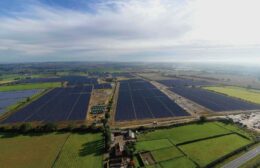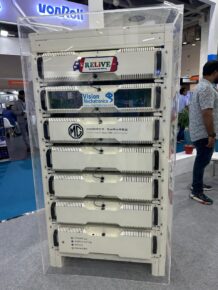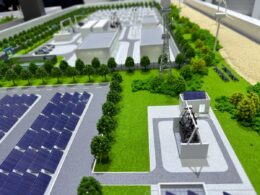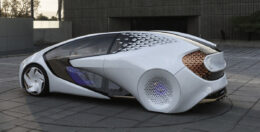Apartment battery systems attractive after São Paulo storm blackout
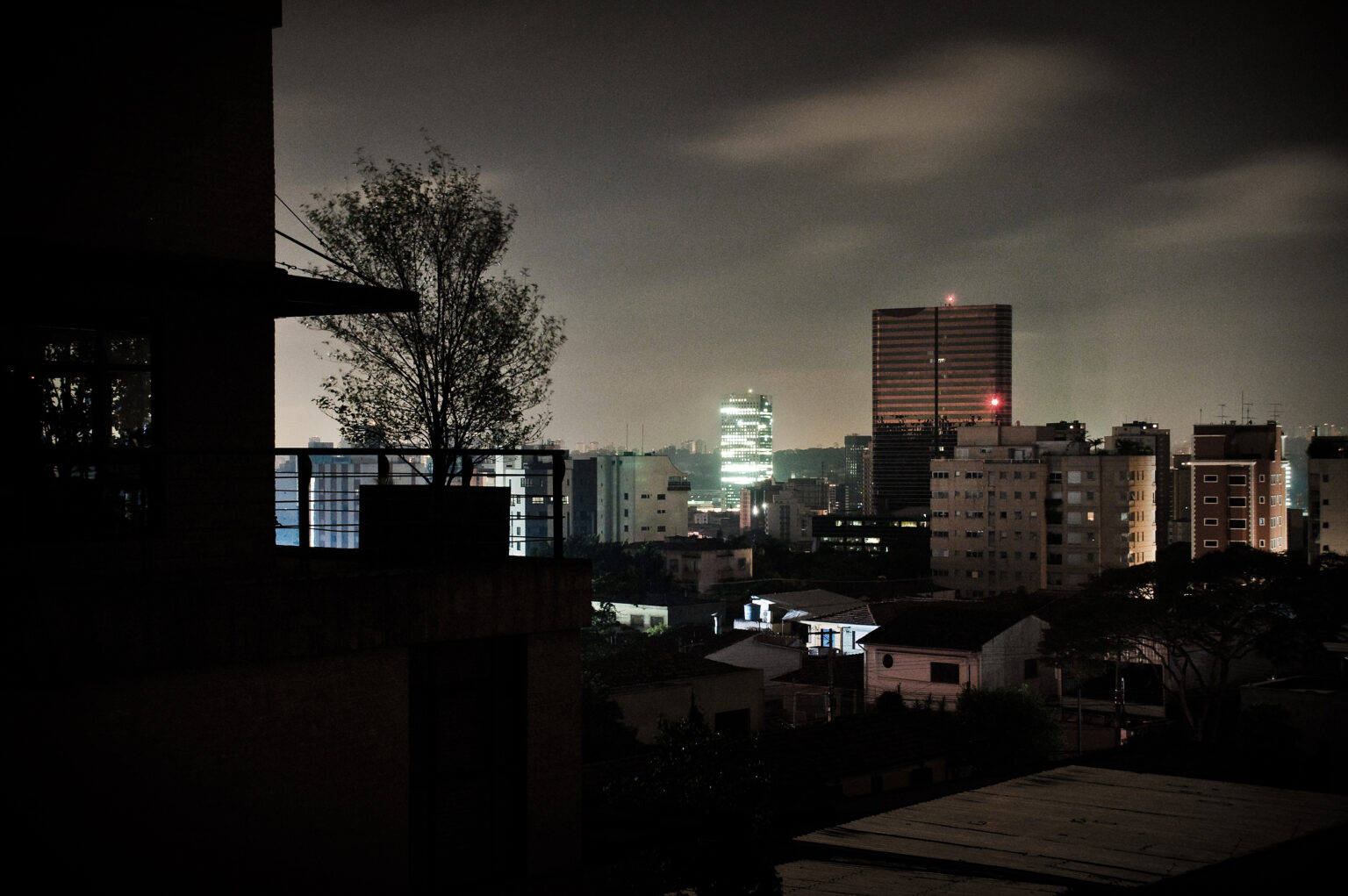
Winds speeds of more than 100 km/h in Brazil on Friday Oct. 11, 2024, left more than 2.6 million electricity users without power in the state of São Paulo, 2.1 million of them customers of Enel.
The Italian electricity distributor said in a statement Greater São Paulo still had 250,000 properties without power four days later.
The Federation of Commerce of Goods, Services and Tourism of the State of São Paulo (FecomercioSP), said the blackout had already caused BRL 1.65 billion ($290 million) in losses to the city’s retail and services by Oct. 15, 2024.
The blackout was the third episode of its kind recorded in the state in less than a year, highlighting the crucial role solar-plus-storage systems could play in shoring up energy supply.
Trade body the Brazilian Association of Photovoltaic Solar Energy (Absolar) believes interest in energy storage systems has increased. Absolar said batteries have seen a reduction of around 90% in price since 2009, citing International Energy Agency (IEA) figures.
A day before the latest blackout, Nuno Verças, CEO of solar supplier Descarbonize used his company’s social media to announce a home battery system for apartments, to guard against such incidents.
“In practice, what I have at home is a simple and beautiful system,” he said. “I have a hybrid inverter, which you can find in 3 kW to 10 kW but it’s worth remembering that for most apartments, 3 kW is more than enough. There is also a 5.1 kW GoodWe battery. My apartment is 260 m², with 58 lamps, a freezer, refrigerator, air conditioning, two televisions, five fans, and all the other equipment. With the house in normal use, the battery lasts about six hours. If the whole house is connected only to the battery, it still lasts about three hours. If I want even more autonomy, I just need to double the battery.”
Verças said, when the installation is done in a house, batteries are not obvious. In apartments, however, it is important the equipment has a pleasing aesthetic, as it is more visible.
The batteries work for six thousand cycles, which would be equivalent to 17 years of use if used once per day, and are activated in such a way that power outages are not noticed. “Since it is a hybrid inverter connected to the panel, as soon as there is a fluctuation, the battery is turned on within 4 milliseconds,” says Verças. “In other words, the internet doesn’t even blink! If I’m on a call and the power goes out, the outage is imperceptible.”
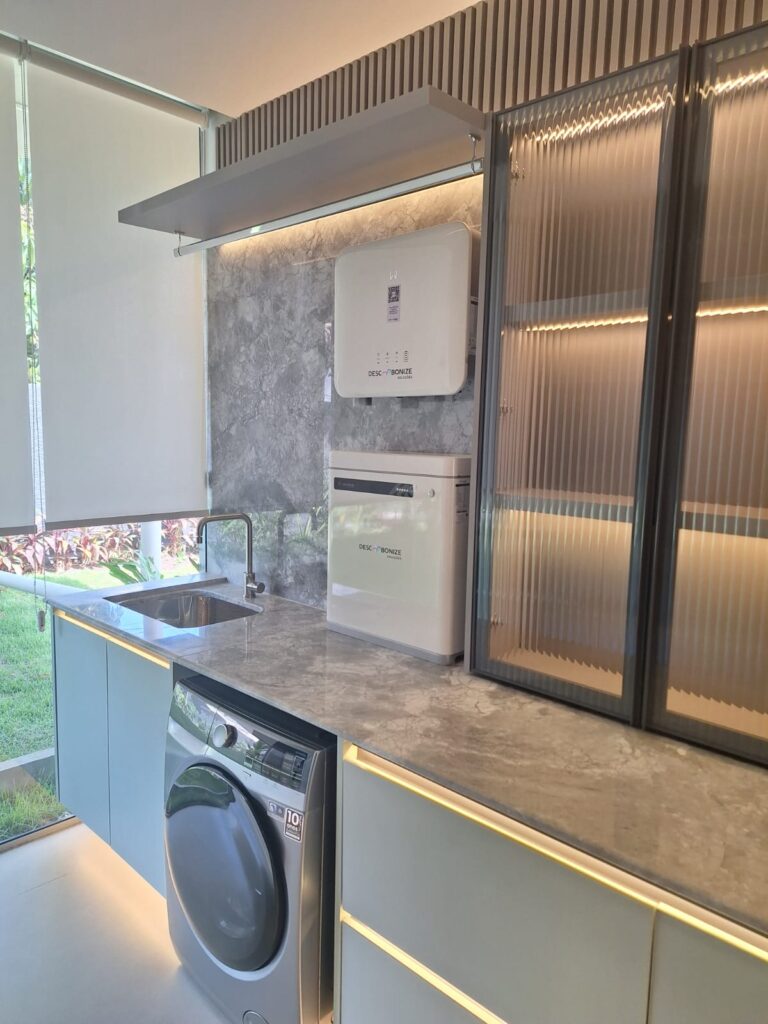
“We recently entered into a partnership with Hanei Minoro, a real estate developer, and we will work together on two buildings, one in São Paulo and the other in Linhares, Espírito Santo, where a hybrid system with a battery is on display in a model apartment,” said the Descarbonize boss. “For me, this partnership is a major differentiator because no other company currently offers something like this. Now Minoro is studying the possibility of including this hybrid solution with storage in the sale of the units, so that the new owner will no longer have to worry about this.”
In addition to Goodwe’s battery solutions, Descarbonize Soluções also works with hybrid inverters from Growatt, and storage batteries from Dyness and UCB.
Predictability
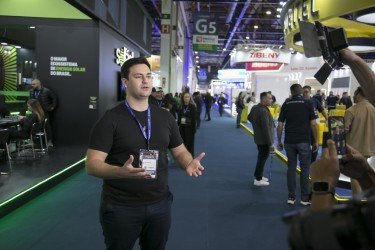
Brainer Martins, chief operations officer (COO) of distributor Solfácil, said, “With extreme weather events becoming increasingly frequent, technologies such as solar energy with batteries are gaining ground among consumers seeking greater predictability and energy security. The storm in São Paulo has highlighted the importance of alternatives that can minimize the impacts of blackouts, reinforcing the trend that hybrid systems will consolidate as a strategic solution for the future.”
For Solfácil, generating solar energy on rooftops is a fundamental strategy to mitigate blackouts and increase the energy resilience of homes and businesses. “To meet different consumption profiles and needs, we offer solutions that ensure greater autonomy and security in the energy supply,” said Martins. “We have conventional hybrid systems that combine solar energy with connection to the electricity grid, generally accompanied by a storage system such as batteries, which provide energy for homes.”
It is possible to use the generated solar energy with the surplus stored for later use, ensuring energy is available at night or during grid failures. For these solutions, Solfácil has a varied portfolio of low- and high-voltage batteries, as well as single-phase and three-phase inverters, in 110 V, 220 V, and 380 V capacities.
“In addition, we offer hybrid systems that do not require the installation of solar panels, making them ideal for apartments, for example,” said the COO. “One highlight is the Retrofit Inverter, an innovative model that operates without the need for photovoltaic panels. It works like a UPS [uninterruptible power supply], installed next to the battery, ensuring the supply of power to backup loads in the event of a grid failure. This technology is offered in partnership with GoodWe, serving both single-phase and three-phase systems. Although the acquisition and installation cost of hybrid systems is higher compared to traditional systems, the investment is justified by the possibilities generated by this solution, such as, for example, not depending on the public grid to have access to electricity.”
Apartments
A survey by the Brazilian Association of Electric Energy Distributors (Abradee), based on data from the National Electric Energy Agency (Aneel), found Brazil recorded 47,000 power outages caused by fires in 2023, an increase of 21% compared to the previous year. In 2019, there were 23,000 cases recorded, meaning that the number of power outages has more than doubled in four years. In the first four months of 2024, there were more than 18,000 such notifications.
Abradee said power outages can have considerable impacts on the population, whether for those who work remotely, from home, or for those who depend on equipment connected to the power supply to survive. For apartment building residents, the impacts of power outages can be quite challenging since, without elevators, to enter or leave their homes they often have to go up and down many floors using the stairs. The good news is that solutions that minimize the impacts of such outages are becoming increasingly available.
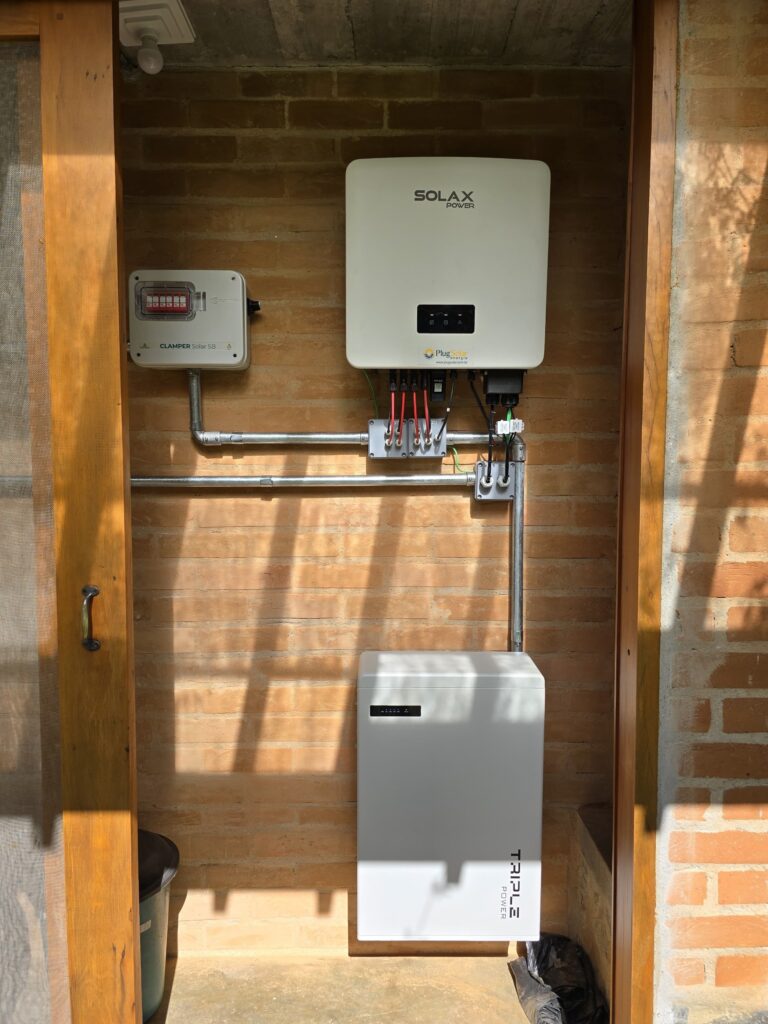
SolaX Power manufactures equipment that serves energy storage for small spaces such as apartments. The X-Hybrid line is available in single-phase versions the X1-Hybrid and X1-SPT, and three-phase model the X3-Hybrid. It is an integrated solution that combines a 5 kW to 15 kW hybrid inverter, battery management system, and expandable battery modules with capacities from 7.2 kWh to 30 kWh (for single-phase set-ups) and 7.2 kWh to 40 kWh (for three-phase use).
X-Hybrid equipment has batteries and a unique design that blends into a room’s decor, as well as a reduced size, suitable for use in small spaces.
“Due to its all-in-one design, it is more compact and elegant, making this product more attractive and visible in the environment, as is the case in most apartments,” said SolaX Power engineer Marcelo Niendicker. “In addition, it offers the option of a wireless meter, which allows for even more efficient monitoring.”
Features
The three-phase model offers unbalanced output, a feature that enables efficient and optimized energy use. It also has management features based on artificial intelligence which consider consumption time and user needs. As additional safety features, an optional arc-fault circuit interrupter is available, in addition to protection against electrical surges.
Niendicker said the storage equipment can be used in homes or apartments, with the addition of solar panels usual in the former.
“In apartments, these devices store energy from the utility company’s own grid, which can be used later during periods of blackouts, power outages, or when the utility company’s tariff is higher,” said the engineer.
“The 6 kW system, with two batteries (10 kWh of storage capacity) can keep the refrigerator, lighting, internet, computer, and television running for about eight hours,” added Niendicker.
From pv magazine Brasil.


